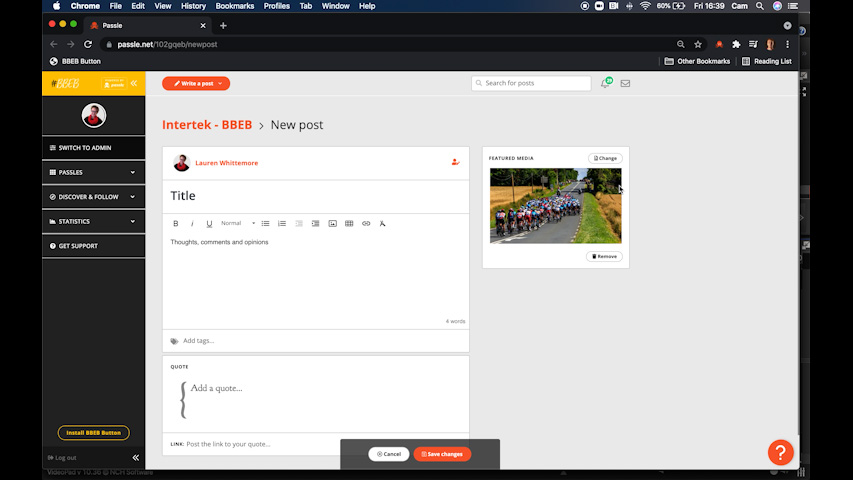Sweden is exploring the possibility electric roads which charge electric vehicles as they drive. The first of its kind in the world, the e-motorway may lead to an expansion of a further 3,000 km of electric roads in Sweden by 2035.
On an electric road, cars and trucks can recharge while driving. Experts say dynamic charging allows them to travel longer distances with smaller batteries, and to avoid waiting at charging stations.
The project is currently at the procurement stage and is planned to be built by 2025.
How does it work?
The charging method for E20 hasn’t been decided but there are three types of charging: catenary system, conductive (ground-based) system, and inductive system.
- The catenary system uses overhead wires to provide electricity to a special kind of bus or tram and therefore can only be used for heavy-duty vehicles.
- Conductive charging, on the other hand, works both for heavy-duty vehicles and private cars as long as there is a conduction system such as a rail. The vehicles are charged through a stick that touches the rail.
- The inductive charging system uses special equipment buried underneath the road that sends electricity to a coil in the electric vehicle. The coil in the vehicle then uses that electricity to charge the battery.
More information here:
On an electric road, cars and trucks can recharge while driving, allowing them to travel longer distances with smaller batteries, and to avoid waiting at charging stations.
https://www.bbc.com/reel/video/p0gcbkjs/why-we-might-soon-drive-cars-on-electrified-roads
 unknownx500
unknownx500
















